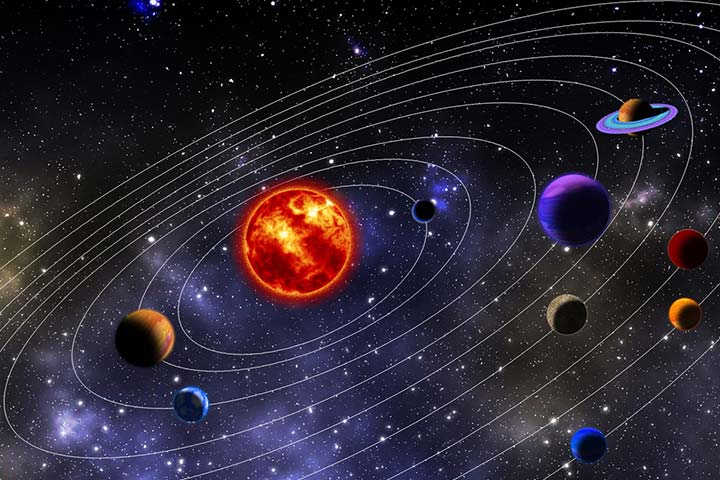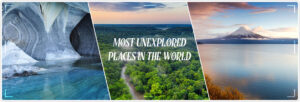Fascinating Facts About Planets

Our solar system is a vast and mysterious place, filled with celestial bodies that continue to captivate our imagination. Among these celestial objects, planets hold a special place. These celestial giants vary greatly in size, composition, and characteristics, each offering a unique glimpse into the wonders of our universe. In this blog, we will explore some intriguing facts about planets, shedding light on their diversity and the mysteries they still hold.
The Count: 8 Planets in Our Solar System
In our solar system, there are eight recognized planets. In order of their distance from the sun, they are Mercury, Venus, Earth, Mars, Jupiter, Saturn, Uranus, and Neptune. Pluto, once considered the ninth planet, was reclassified as a dwarf planet in 2006 by the International Astronomical Union (IAU).
Mercury’s Extreme Temperatures
Mercury, the closest planet to the sun, experiences extreme temperature fluctuations. During the day, its surface can reach scorching temperatures of up to 800 degrees Fahrenheit (430 degrees Celsius), while at night, it plunges to a bone-chilling -290 degrees Fahrenheit (-180 degrees Celsius) due to its thin atmosphere.
Venus: Earth’s “Sister” Planet
Venus is often referred to as Earth’s “sister” planet due to its similar size and composition. However, it’s an inhospitable world with a runaway greenhouse effect that makes its surface hotter than Mercury. The thick clouds of Venus trap heat, causing surface temperatures to soar to around 900 degrees Fahrenheit (475 degrees Celsius).
Earth: The Only Known Habitable Planet
Earth is the only planet known to support life as we know it. Its unique combination of a stable climate, liquid water, and a variety of ecosystems has made it an oasis of life in the vastness of space.
Mars: The Red Planet
Mars earned its nickname “The Red Planet” due to its rusty-red appearance, caused by iron-rich dust on its surface. It has long fascinated scientists as a potential destination for future human exploration, and missions like the Mars rovers have uncovered evidence of ancient water flows and the potential for life.
Gas Giants: Jupiter and Saturn
Jupiter and Saturn are the largest planets in our solar system and are often referred to as gas giants. Their atmospheres consist mainly of hydrogen and helium. Jupiter boasts a massive storm called the Great Red Spot, a swirling tempest larger than Earth.
Rings of Beauty: Saturn’s Dazzling Rings
Saturn is famous for its stunning system of rings, which are made up of ice particles and rock fragments. These rings are not only visually captivating but have also provided valuable insights into planetary formation and dynamics.
Ice Giants: Uranus and Neptune
Uranus and Neptune are known as ice giants because they have a significant amount of ice and other volatile compounds in their atmospheres. They are characterized by their striking blue hues and extreme winds, with Neptune having the fastest winds in the solar system.
Neptune’s Mysterious Dark Spot
Neptune’s dark spot is a giant storm system similar to Jupiter’s Great Red Spot. It appears as a dark, oval-shaped feature in the planet’s atmosphere and exhibits complex dynamics that continue to intrigue astronomers.
Exoplanets: Planets Beyond Our Solar System
In recent years, astronomers have discovered thousands of exoplanets, planets that orbit stars outside our solar system. This exciting field of study has expanded our understanding of planetary diversity and the potential for habitable worlds beyond our own.
Conclusion
Planets are some of the most captivating objects in our solar system, each with its own unique characteristics and mysteries. As we continue to explore space and study these celestial bodies, we uncover more about the vastness and complexity of the universe. From the scorching surface of Mercury to the icy realms of Neptune, the planets in our solar system offer a rich tapestry of scientific discovery and wonder for all to explore.





